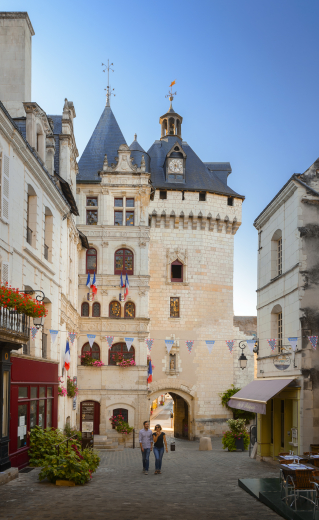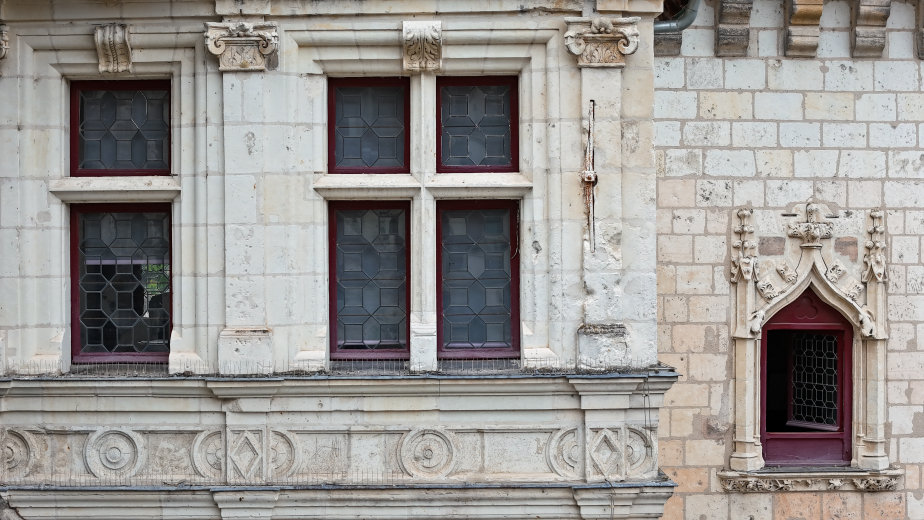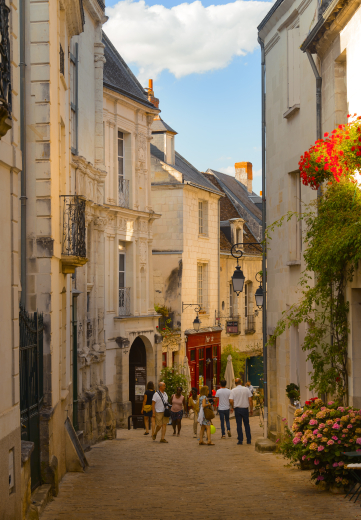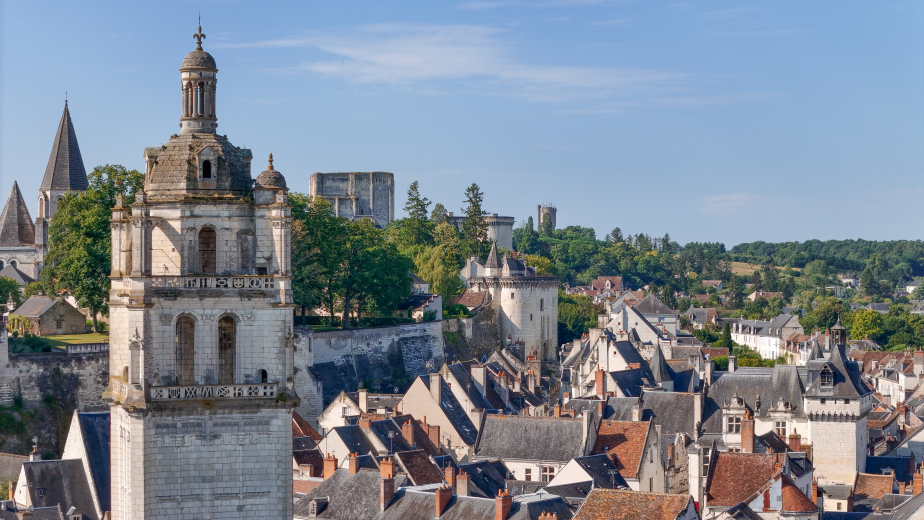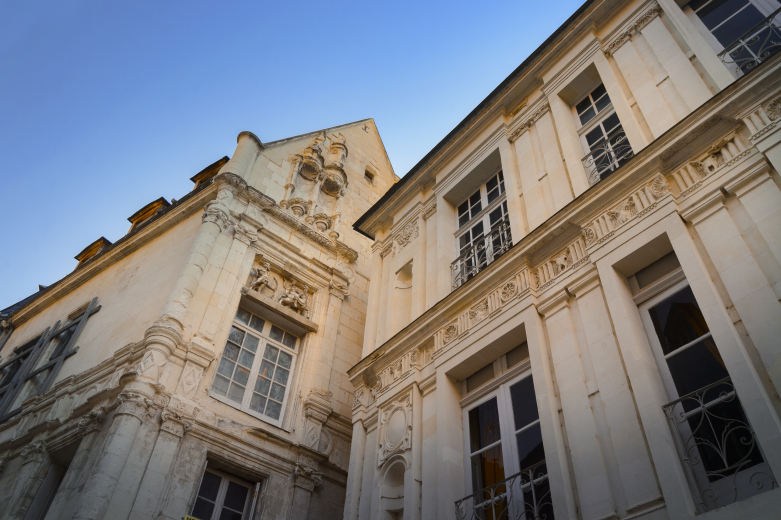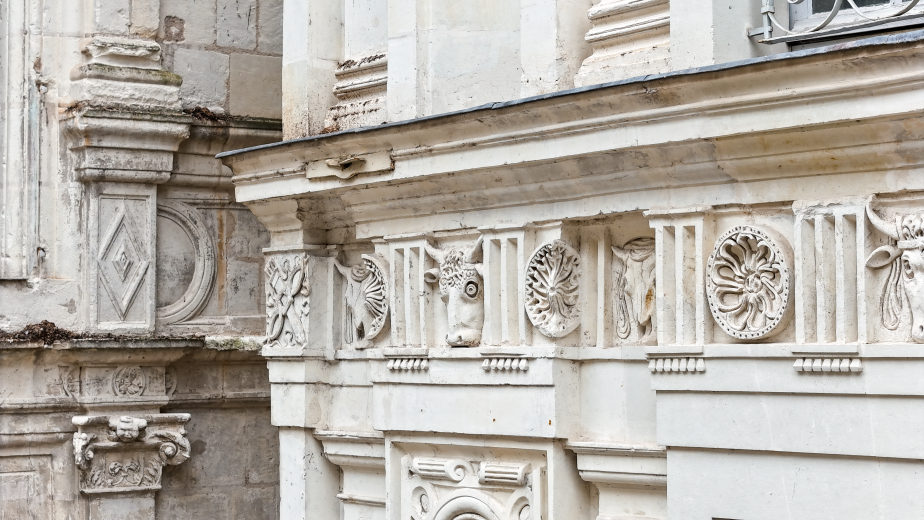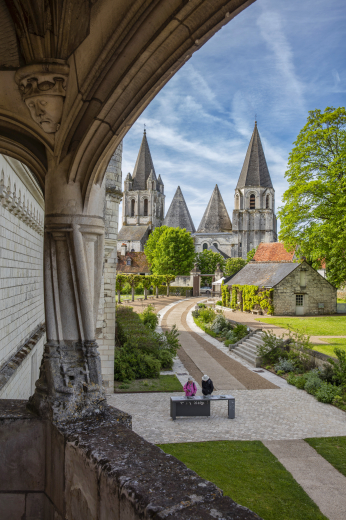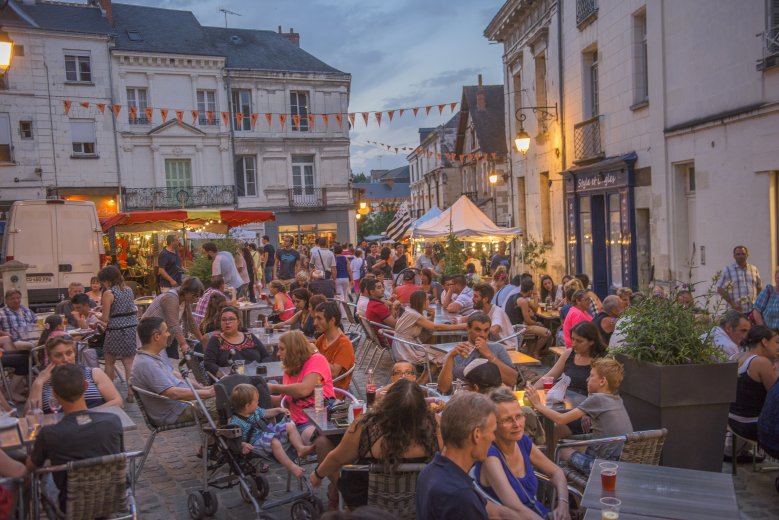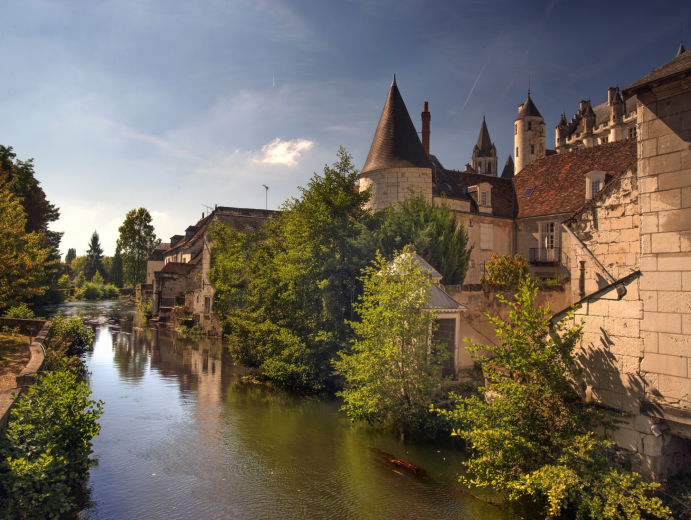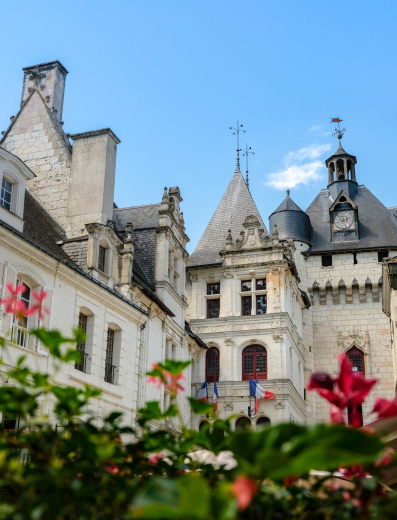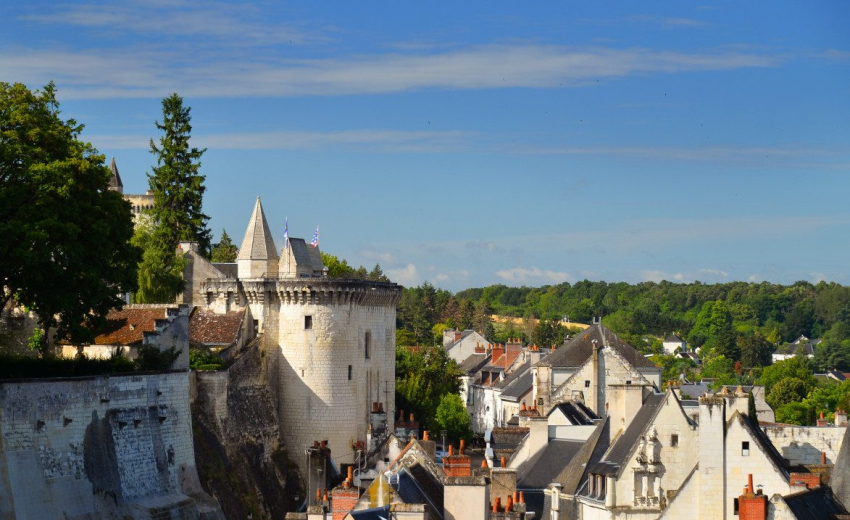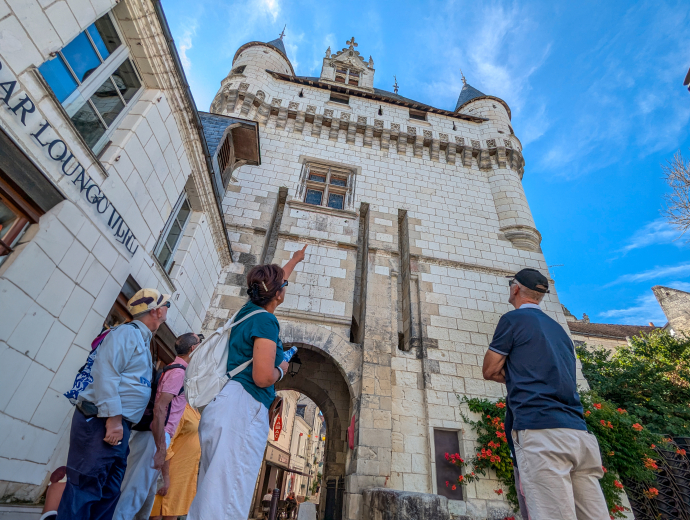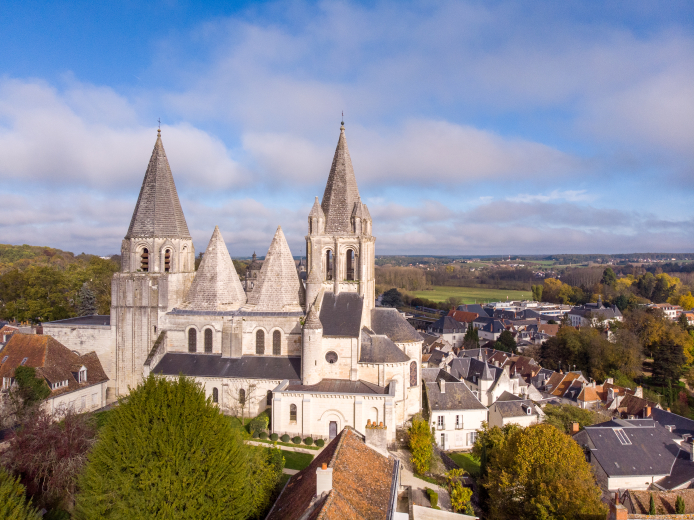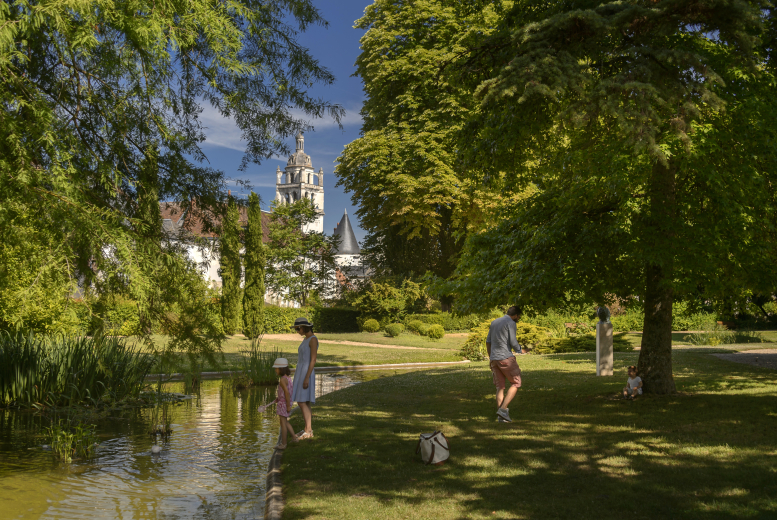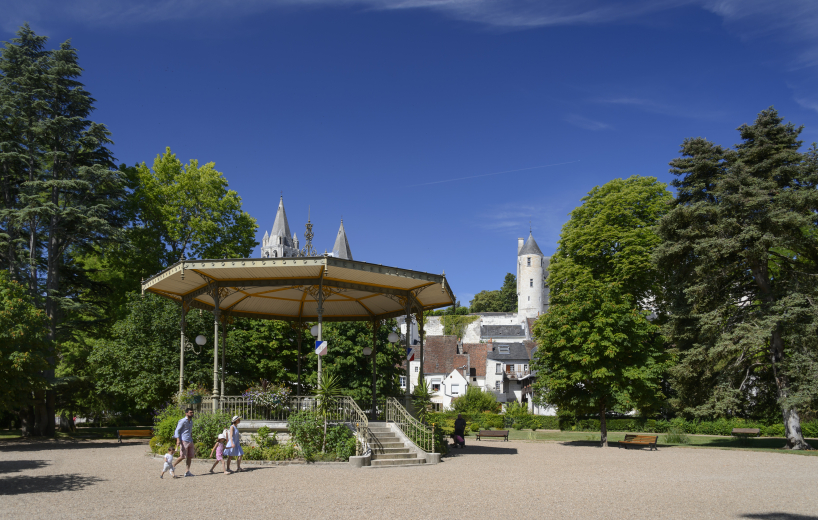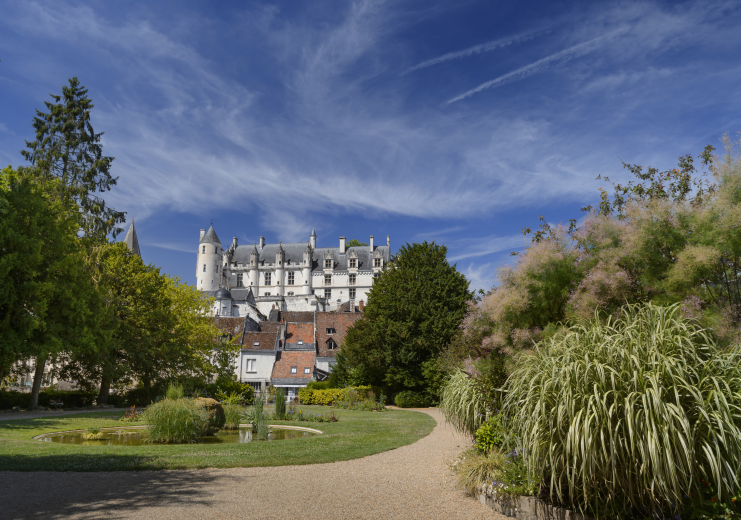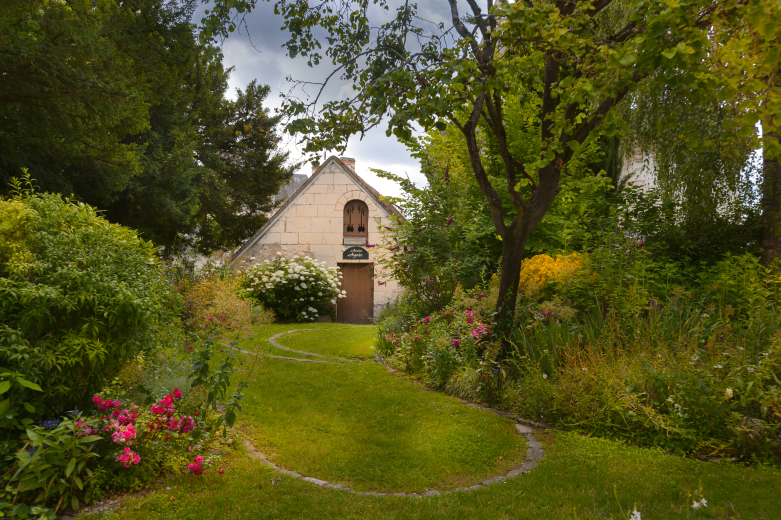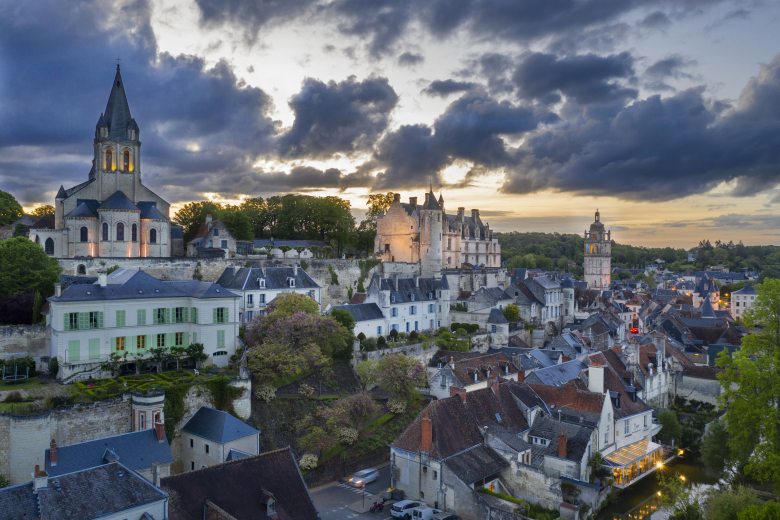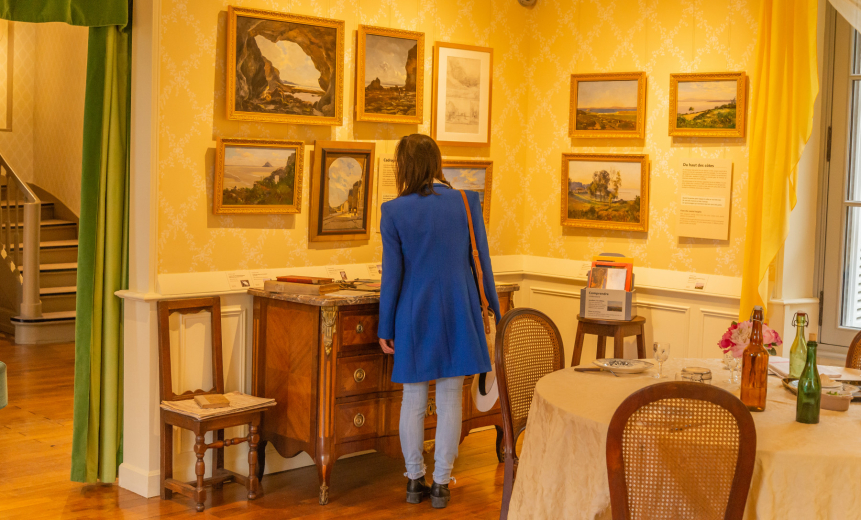Medieval boom time
After having been most likely founded during Roman times, the upper town, or royal city, began flourishing during the 6th century with the building of a priory dedicated to St. Ursus. Around the year 900 and for over three centuries, the Counts of Anjou, soon to be crowned kings of England, turned Loches into an impregnable stronghold.
Fulk III, known as Fulk the Black, built the keep during the 11th century. The lower town developed during the 13th century as the trade route linking Paris to Northern Spain passed through it. The Royal Residence was also built during this period.
To protect its population, the town built several levels of defensive systems, many of which still remain today. Three towering medieval gateways still beckon visitors in today: Porte Picois, Porte des Cordeliers and Porte Royale under which Joan of Arc entered on her way to meet Charles VII.





